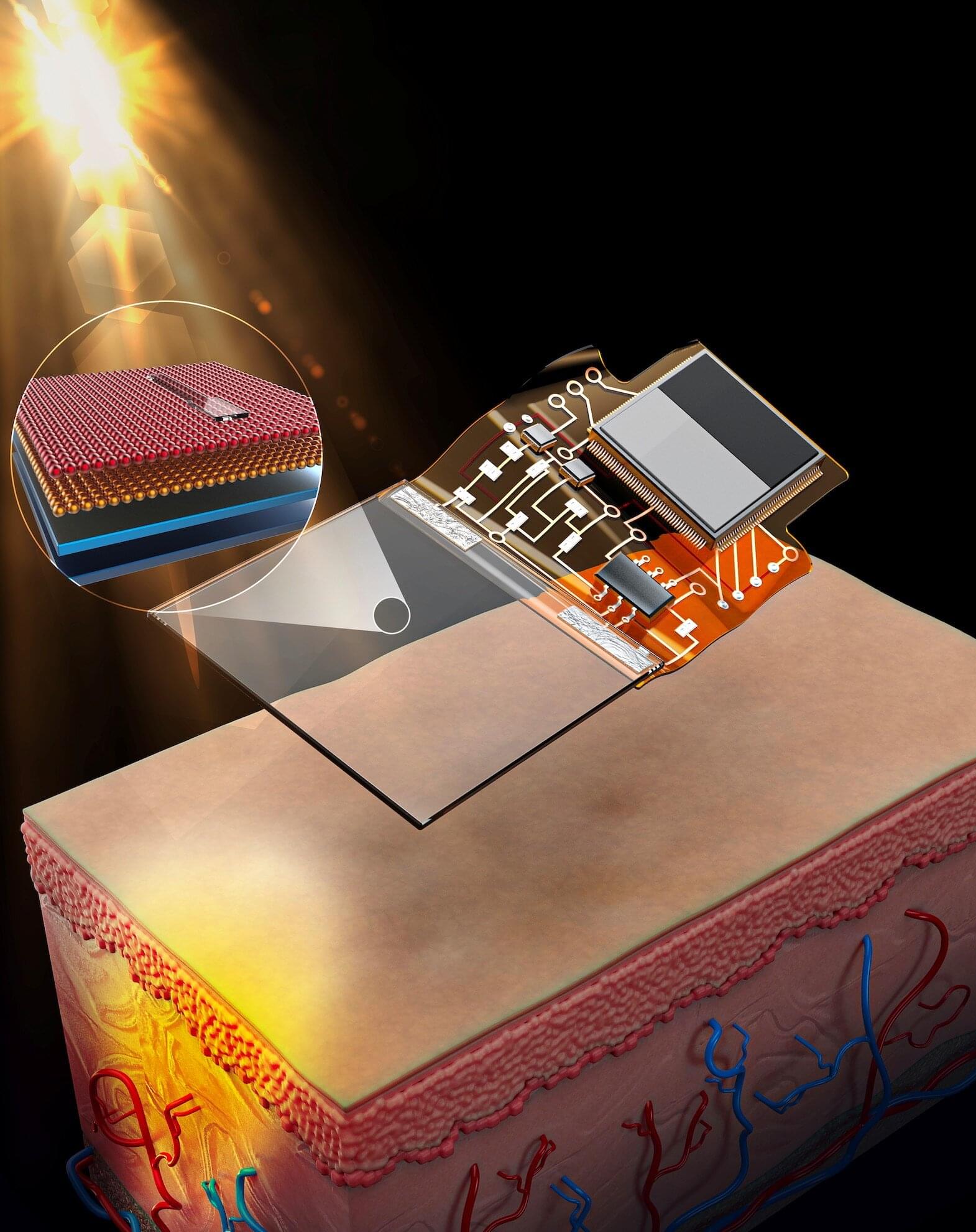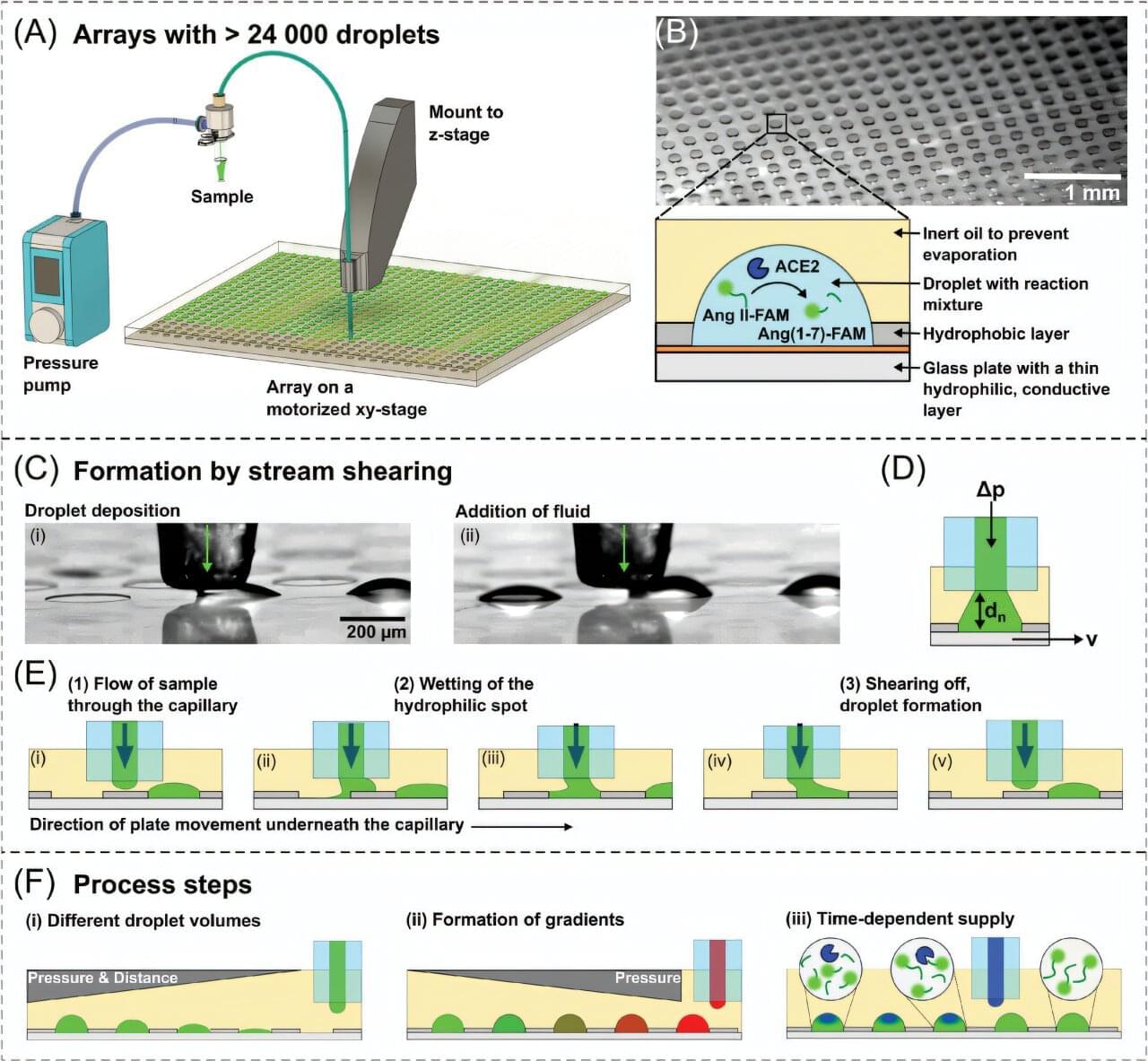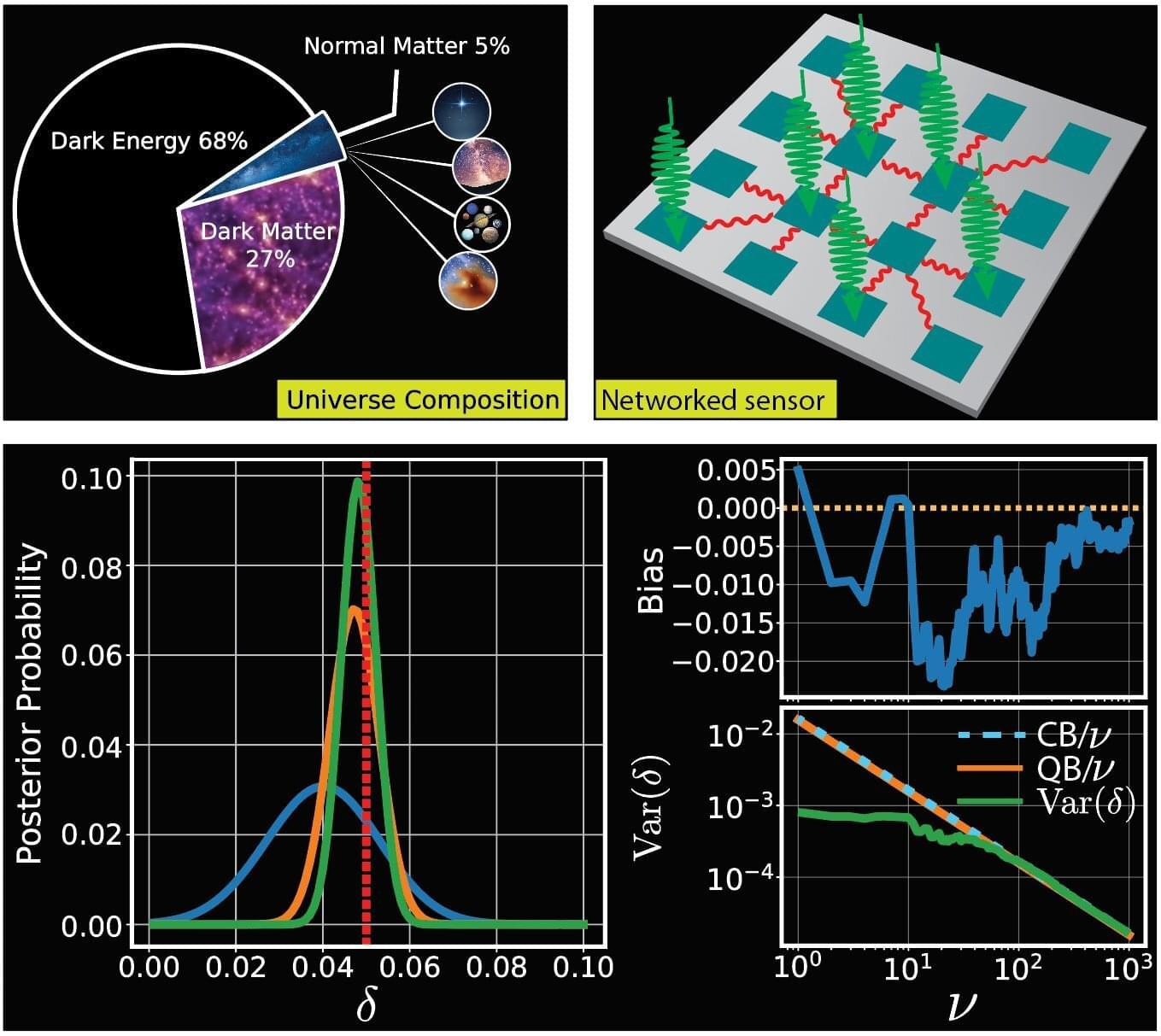Scientists in South Korea have unveiled a transparent, wearable sensor that monitors a user’s exposure to ultraviolet A (UVA) radiation in real-time. The technology could help prevent sunburn and long-term skin damage that can cause cancer.
Ultraviolet radiation is released naturally by the sun and artificially by tanning beds. The problem with overexposure is that the rays can penetrate deep into the skin and damage DNA, potentially causing cells to grow out of control and leading to cancer. In many countries, the majority of skin cancer cases are linked to this type of overexposure.
While wearing long clothes and hats and applying sunscreen provides valuable protection, the researchers wanted a simple device to alert wearers when exposure reached a certain level. Current sensors often lack the ability to track UVA and are opaque, which makes them uncomfortable and difficult to use in wearable tech like smart glasses.









